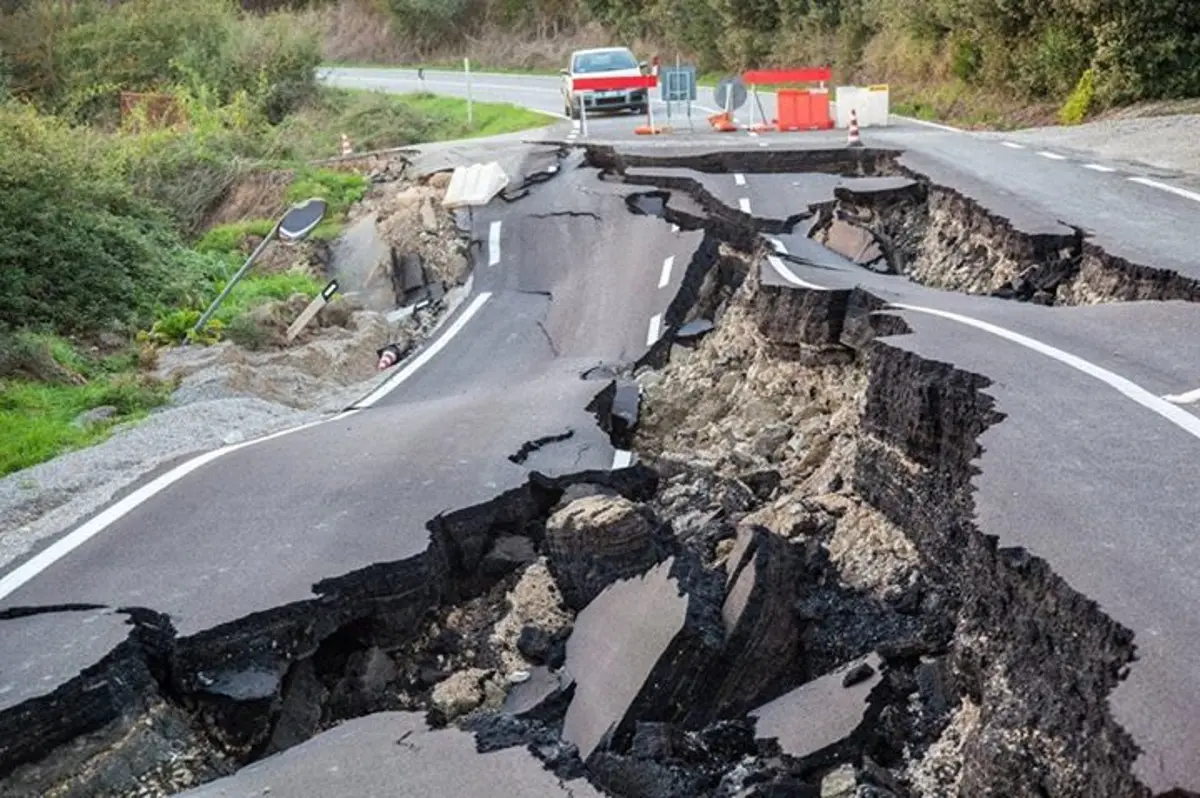Science & Technology, New Zealand (Commonwealth Union) – An earthquake usually occurs as tectonic plates which are slowly moving end up getting stuck. Earthquakes usually occur daily in New Zealand however most are not large enough to cause any significant impact and are hardly felt.
The evaluation of 100s of small earthquakes is assisting the University of Canterbury (UC) researchers to forecast the effects on buildings, which are linked to the soil below.
Felipe Kuncar who is an Earthquake Engineering PhD candidate is engaging in a ground-motion simulation model set to enhance our knowledge of how various neighborhoods get effected by shaking to better inform engineers and give buildings increased resilience to massive earthquakes.
Kuncar was applying data from the dense Christchurch network of 20 strong motion sensors to analyze localized seismic occurrences. He expects within the next few months, to have over 50 of these instruments from all over New Zealand with his evaluations, and stated that the modelling method may be applied for enhancing the seismic resilience of buildings across the globe.
The application of a combination of data from regular, smaller earthquakes with data from bigger earthquakes as well, gives the model an increased ability to simulate how a large earthquake could impact a neighborhood, based on the soil composition.
Brand new data from small earthquakes feeds back into the model, hence its constantly enhanced, allowing engineers to design buildings with increased resilience for every type of soil.
“If we want engineers to use this modelling technique, they need to have confidence in it. Simulations are very complex, so the important step is to validate the computer simulations with real-life observations,” explained Kuncar.
He added that Christchurch has a unique scenario with its increased number of accelerometers producing large amounts of real data of both big and small magnitude events.
Many in Canterbury are familiar the effects soil can have on the impact of an earthquake. They have seen 1st hand how homes and buildings on softer soil faced greater impact than areas nearer to the airport, where ground conditions have increased stability.
Similar effects were seen in Wellington after the Kaikōura earthquake, which had buildings on softer land, such as those near Port, that saw increased shaking compared to those on more solid ground.
“The soil is a softer material than the rock beneath it, and as a result it tends to amplify the ground shaking. We can compare this with a plate of jelly. If you shake a plate of jelly, the movement will be more severe at the top of the jelly than on the plate itself” said Kuncar.
“The soil has a significant impact on how we feel the ground shaking during an earthquake. The building code currently incorporates the soil, but only in a simplistic way. We hope to improve this practice, and think these simulations will be the future of earthquake resilient design.”
Kuncar holds optimism that the findings will be utilized for all new buildings and hopes to go beyond his research to Wellington, Napier and other regions where good data linked to the soil is available. He points out that this modelling approach may eventually be applied across the globe.
Dr Natalie Balfour, Head of Research at Toka Tū Ake EQC, that was involved in co-funding the study, feels this research is significant for the future of resilient buildings in New Zealand.
“We know different soils respond differently in earthquakes. It’s really exciting to be building this understanding about ground shaking at such a local level, it means we can plan and build smarter and be better prepared”, said Dr Balfour.
Engineers from across the world who are engaged in designing buildings in earthquake prone areas, are likely to benefit from the study as improvements with the study can lower the devastation.








